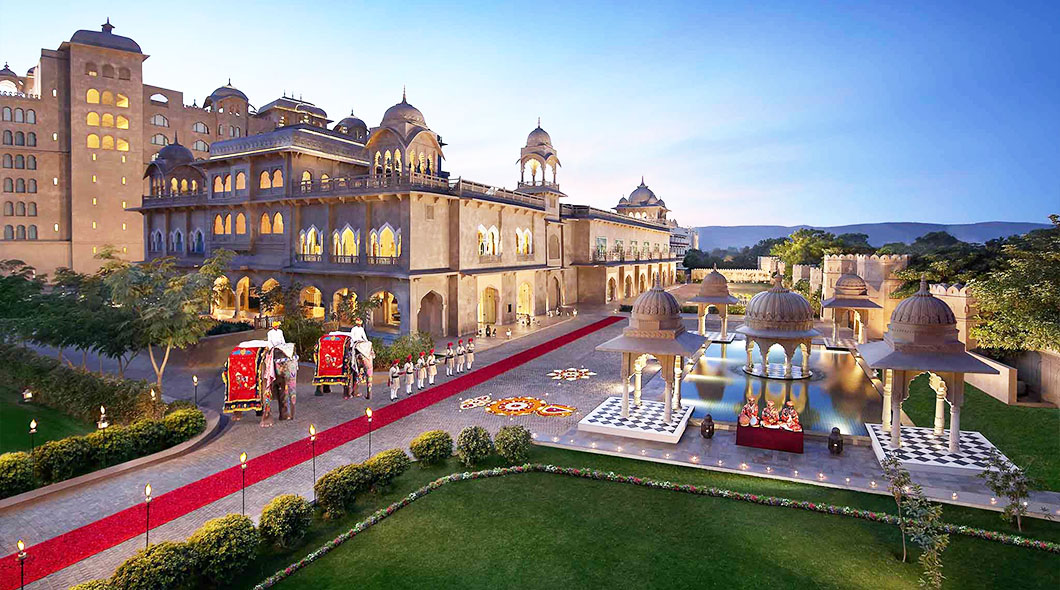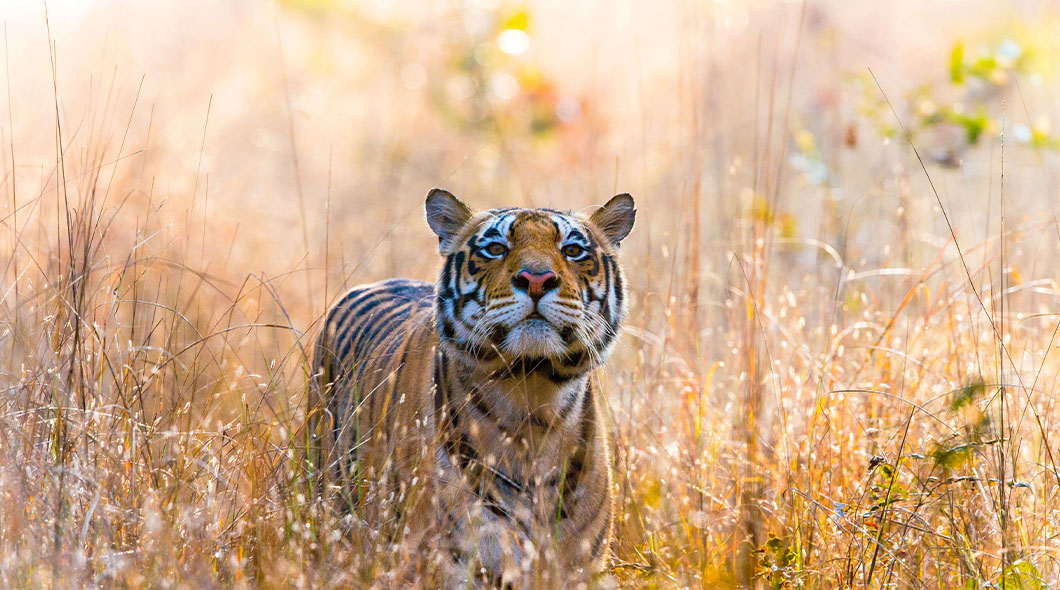Tucked away in the tall mountains, Spiti Valley is truly a heaven on earth. Even though it looks dry and empty oftentimes, it’s actually full of amazing sights that you’d surely not want to miss out on during your trip. Sparkling lakes, big mountains covered in snow, and beautiful green meadows, all surrounded by tiny villages and ancient monasteries – this is what pretty much sums up Spiti and its culture.
Spiti Valley is perfect for people who love exploring hidden gems and learning about new cultures. If you enjoy fun activities like biking, climb
ing mountains, camping, or going on long walks, you’ll find plenty to do here!
In this blog, I’ll suggest you 10 places that you must consider visiting on your trip to Spiti. Trust me you won’t regret exploring these wonders.
Must-Visit Places in Spiti
Let’s have a look at the top 10 places in Spiti that every traveler should visit at least once:
1. Key Monastery
This ancient Tibetan Buddhist monastery, also known as Kye Gompa, is perched atop a hill at an altitude of 4,166 meters (13,668 feet). It is the largest monastery in Spiti Valley and serves as a religious training center for Lamas. The monastery’s stunning location offers panoramic views of the Spiti River and the surrounding mountains, creating a peaceful and magical atmosphere.

2. Chandratal Lake
Located atan altitude of about 4,300 meters (14,100 feet), Chandratal Lake is a beautiful high-altitude lake lying in the Lahaul and Spiti districts of Himachal Pradesh. The name “Chandratal” translates to “Moon Lake,” and it is believed to have derived its name from its crescent shape. The lake is surrounded by huge snow-capped peaks and offers the perfect setting for camping and trekking enthusiasts.

3. Kunzum Pass
Situated at an elevation of 4,590 meters (15,060 feet) above sea level, Kunzum Pass is one of the highest motorable mountain passes in India. It connects the Spiti Valley with the Lahaul Valley and offers mesmerizing views of the surrounding mountains and glaciers. The pass is also home to the Kunzum Devi Temple, dedicated to the goddess Kunzum, which is a popular pilgrimage site for locals and tourists alike.

4. Tabo Monastery
Tabo Monastery, also known as the Ajanta of the Himalayas, is a UNESCO World Heritage Site and one of the oldest continuously operating Buddhist monasteries in the Himalayas. Founded more than a millennium ago in 996 AD, the monastery is known for its finely designed ancient murals, sculptures, and thankas (Tibetan Buddhist paintings). The place holds great historical and cultural significance and offers visitors a glimpse into the rich artistic and spiritual heritage of the region.

5. Pin Valley National Park
Spread over an area of 675 square kilometers, Pin Valley National Park is a paradise for nature lovers and wildlife enthusiasts. The park is home to a diverse range of flora and fauna, including the endangered snow leopard, Siberian ibex, and Himalayan snowcock. Trekking in the park offers a unique opportunity to explore its stunning landscapes and observe its rich biodiversity up close.
6. Kibber
Situated at an altitude of 4,270 meters (14,009 feet), Kibber is one of the highest inhabited villages in the world. The village offers breathtaking views of the surrounding mountains and is known for its picturesque setting and traditional mud-brick houses. Kibber is a popular destination for trekking and mountaineering enthusiasts, offering a glimpse into the traditional life of the Spitian people.

7. Tabo Caves
The Tabo Caves, also known as the Tabo Monastery Caves, are a series of ancient caves that were used by monks for meditation and retreat. The caves are located near the Tabo Monastery and are adorned with beautiful ancient murals and paintings. They offer a fascinating glimpse into the lives of the monks who once inhabited them and are a testament to the rich cultural and spiritual heritage of the region.
8. Spiti River
The Spiti River is a trans-Himalayan river that flows through the Spiti Valley, offering stunning views of its crystal-clear waters against the backdrop of snow-capped peaks. The river is fed by the melting glaciers of the Himalayas and is a lifeline for the people of the region, providing water for irrigation and drinking. A visit to the Spiti River is no less than a peaceful retreat amidst the natural beauty of the valley.

9. Suraj Tal
Situated at an altitude of 4,883 meters (16,020 feet), Suraj Tal is the third-highest lake in India and is considered a sacred body of water by the locals. The lake is fed by the glaciers of the Baralacha La pass and is named after the Sun God (Suraj means Sun in Hindi). It is believed that taking a dip in the lake can cleanse one’s soul and wash away all sins, which also makes it a popular pilgrimage site for Hindus.

10. Nako Village
Nako Village is a charming remote village located at an altitude of 3,662 meters (12,014 feet) in the Kinnaur district of Himachal Pradesh. The village is known for its stunning natural beauty, with panoramic views of the surrounding mountains and valleys. Nako is also home to several ancient monasteries and temples, making it a perfect destination for those seeking peace and tranquility in the lap of nature.

Also Read : Spiti Valley Road Trip 2024 : Current Road Conditions & amp; Travel Tips
Takeaway
Spiti Valley is a destination that offers a unique blend of natural beauty, rich culture, and thrilling adventures. Whether it’s rugged landscapes, serene lakes, or ancient monasteries, Spiti Valley has something to offer for travelers of all ages and interests. The region’s untouched beauty and vibrant culture are truly an immersive experience for those seeking an escape from the hustle and bustle of daily life. From the tranquil Key Monastery to the majestic Kunzum Pass, each place in Spiti Valley has its own charm and allure. So, pack your bags, get your camera ready, and get ready for an unforgettable journey into the heart of the Himalayas!
Frequently Asked Questions (FAQs) :
Q. Which road is best for Spiti Valley?
A. The Shimla-Kaza route is best to reach Spiti Valley because the Manali to Solang Valley and Atal tunnel route gets quite busy during the peak season i.e., June to August.
Q. What is Spiti famous for?
A. Spiti is famous for various ancient Buddhist monasteries and wonderful natural sites that are truly a bliss to watch and experience.
Q. Where can I see the Milky Way in Spiti Valley?
A. You can possibly see the Milky Way from Langza village situated near the Spiti Valley.
Q. Which month is best for stargazing in Spiti Valley?
A. June is one of the best months for stargazing in Spiti Valley as the nights remain quite apparent during this time.
Q. Can we stay in a monastery in Spiti Valley?
A. Yes, you can stay at famous monasteries like the Key and Kibber monasteries for probably a month or two. You’ll just need to pay a minimal fee for food and stay whereafter you can spend as many days as you want.






